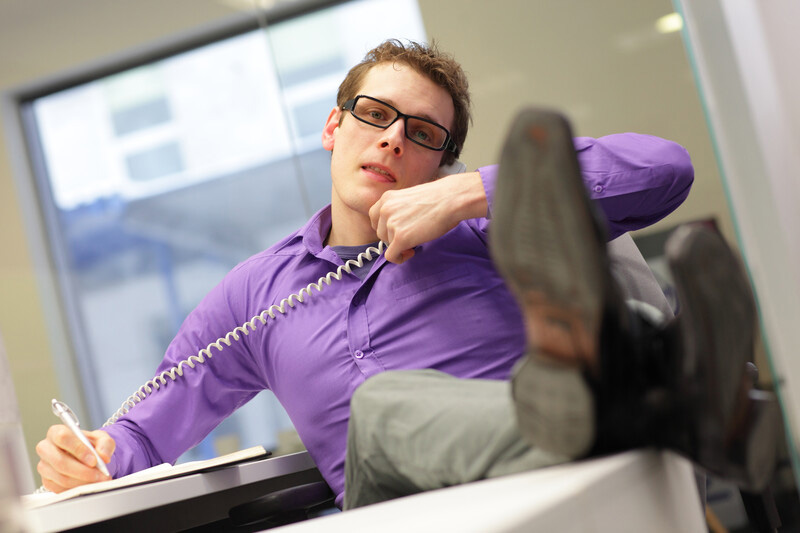
We are a nation of sitters. Whether we are at work, commuting in our cars, sitting in class or working in front of a computer we sit. Not to minimize the exercising we do but an hour of exercise does not balance out the 8 plus hours of sitting we often are required to do in a day.
Recently you may have seen the research on the demerits of sitting for long periods of the day. It is not a stretch in imagination to understand the truth in this but there are other concerns related to sitting aside from cardiovascular consequences.
One of the most important muscle effecting sitting is the psoas muscle also known as the hip flexor. It is significant for both its position within the body and the action it produces. Additionally it is one of those muscles that can be tight but weak at the same time. Structurally it is attached to the front of the last five vertebrae in your low back and traverses through your abdomen attaching to the top of your femur or leg bone. During sitting this muscle shortens and the fibers come closer together and tighten up. When you rise from the seated position this muscle is sometimes slow to release and you may find you walk in a flexed or bent forward position for several steps. For those of you who are constantly being reminded to stand up straight and have a tendency to walk in a slightly bent forward position tightness in this muscle is often the culprit.
Keeping the psoas as lose as possible will significantly reduce low back stress and increase proper posture while strengthening will aid in keeping the core strong reducing back pain and minimizing the risk of injury.
To Stretch: There are several ways to stretch this muscle and I will review two of them for you here.
- Start with one leg in the kneeling position at a 90’ degree angle with the other knee on the ground. From this position slide your pelvis forward while leaning your torso backwards. Hold for 20 seconds and then repeat on the other side.
- Lay on the side of your bed or a bench with one leg hanging over the side but not letting your foot touches the floor. Hold this position for 20 seconds and then repeat on the other side.
Even though you may feel that one side is tighter than the other it is important that both sides are stretched to create a good balance.
To Strengthen: Again there are several ways to strengthen this muscle but I will give you two different ways to try this.
- Start in a standing position with either an ankle weight or theraband (available at the office or online) attached to the ankle area. Support yourself by holding onto what ever is available such as a counter or chair. Slowly lift you leg to a 90 degrees angle. Lower it slowly and repeat 10 times. Work your way up to 3 sets of ten resting in between. When you are able to do three sets of ten increase the weight and start back with one set of ten continuing to work up to three sets of ten again.
- If you are someone who belongs to a gym there are machines that you can use to strengthen your psoas. Due to the variability in machines you will need to ask a trainer which one in your gym will address this muscle.
In total it may take you five to ten minutes to address this muscle but I can assure you it will be well worth your effort in the long run. You will have less back pain, have better balance and stand straighter.
With Gratitude,
Pat
